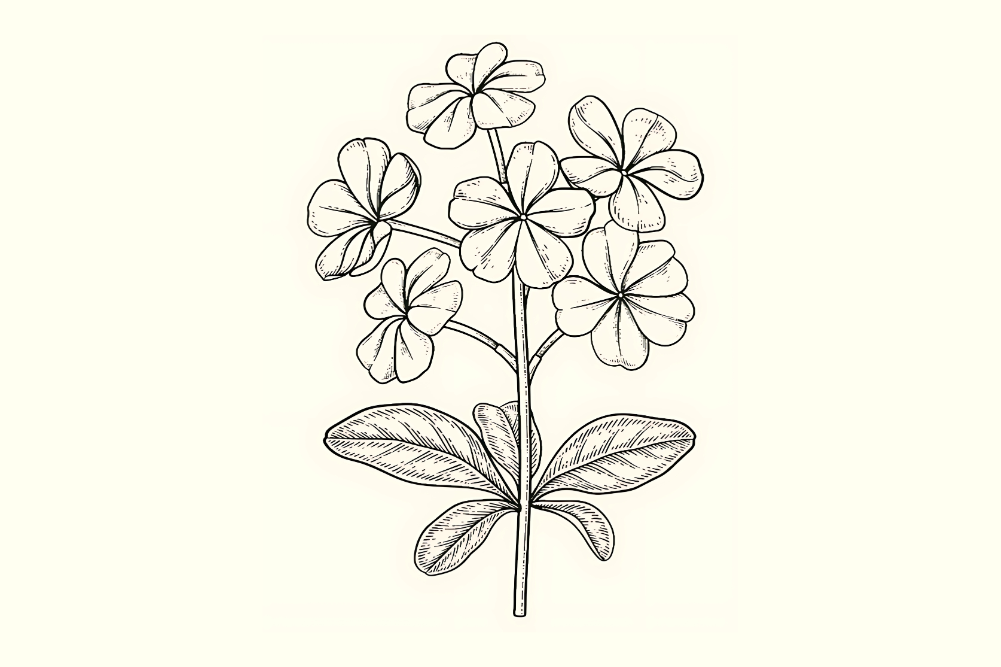How to keep your house plants alive
Confession time. Do you believe you are a brown-thumbed gardener, liable to kill your houseplants within a year? Welcome to the club, a club that houses 99.99 per cent of humans. Plants do not naturally grow indoors, apart from some mushrooms and the mould on your stale sandwiches. This means that almost every house plant you buy has been chosen or bred to sell to people who have no idea how to keep a plant happy.
Yes, a few expensive ones are sold in the expectation that they will cark it and you’ll be back to buy another, but most garden centre people know that once you discourage a gardener, they stop buying. House plants are tough.
Cacti and other succulents
Don’t worry about over-watering, except in very humid climates. Don’t put cacti in your steamy bathroom, either. Cacti like it dry. Just make sure they are well drained and not sitting in a saucer of water. Water when you remember, and when the soil is dry. If you water weekly and feed weakly, about a quarter of what it says on the packet, and only when growing strongly, they may slowly grow massive, and even bloom. Or not. Many pot plants quite happily exist neither growing nor dying.
Ferns
Most ferns are killed by too much care. Don’t feed your ferns — you will kill off the invisible new shoots, and they will die as the old fronds die off and nothing will replace them. Just water. If they are wilting, water now.
Pot plant with leaves
Your average leafy pot plant will tell you what it needs. Leaves growing towards the window? It needs more light. Growing straggly? It needs light. Lots of little pests? Wipe off with a sponge and give it a short holiday over a few rainy days outside in dappled shade — not too much sun.
Your pot plant will tell you when it’s hungry. If the older leaves are yellowing, it needs tucker. As most pot plants are in small pots, or pots pretty much filled by root, a foliar feed is best. Choose an organic one that you spray on the leaves and follow the directions on the packet.
There are many good foliar products, so I have no idea which one you will choose. But be cautious: feed at quarter strength the first few times just in case the leaves brown off.
The packet will hopefully also tell you what not to feed such as cactus, succulents or anything with hairy or furry leaves like African violets. When in doubt, there are good plant ID apps that will tell you what plant you have and what it likes to eat, but you shouldn’t need them.
Don’t repot
Well, you can if you like, but most houseplants naturally grow in crevices or crowded forests and don’t mind tangled roots. Some, like African violets, will get sulky and fail to bloom unless pot-bound.
Forget about bonsai
Yes, bonsai plants are exquisite, and I love them for their beauty and symbolism, but a bonsai is a living and delicately balanced organism, with root growth matched to top growth, and each different species will have specific needs about how much light they need and so on. Many bonsai aren’t indoor plants but need a protected spot outdoors. If you want to grow bonsai, first learn about how and where to grow them, then fork out the money to buy one. If your first bonsai survives 12 months of your care and still looks healthy, you can extend the range, but first prove you are worthy.
Pruning
Pot plants often get larger and longer leaves than they would outside to try to maximise their exposure to sunlight. Most plants need sunlight (or an artificial grow light) so they can photosynthesise to survive.
I will not explain photosynthesis to you, as it would exceed this column’s word length, but do look it up if tempted. I discovered that plants photosynthesised when I was seven, and never looked at the world in the same way again. The secret life of plants and their web of life on our planet is fascinating, and I was hooked.
All the average pot plant purchaser really needs to know about photosynthesis is that some plants need more light than others. Don’t prune back your pot plants unless they are crowding you out of house and home; or do give them a trim, then move them to the right spot.
The “right spot”
This is the true secret to happy pot plants. If plants are in the right spot they will thrive — or at least survive — with little to no care beyond some watering.
You do need to know a bit about your pot plant to find that right spot. Be prepared to move your plant around a bit the first year, to see where it is happiest.
The most important bit of knowledge: is that leafy beauty you have just purchased or been given really a pot plant? Many seasonal plants are sold for the beauty of their blooms, but when the flowers die back they need to be planted or at least potted outdoors. That pot of Mother’s Day chrysanthemums will wither if left in a pot: bung them in the garden in full sun, and feed and water well.
Be adventurous
Next time you buy a bunch of fresh basil or thyme, plant one of their stoutest stems about 6cm deep and keep moist and in light shade. Chances are it will grow and feed you if kept in a pot on your window sill, as long as it is the right spot. If it’s
not, your plant will tell you.







